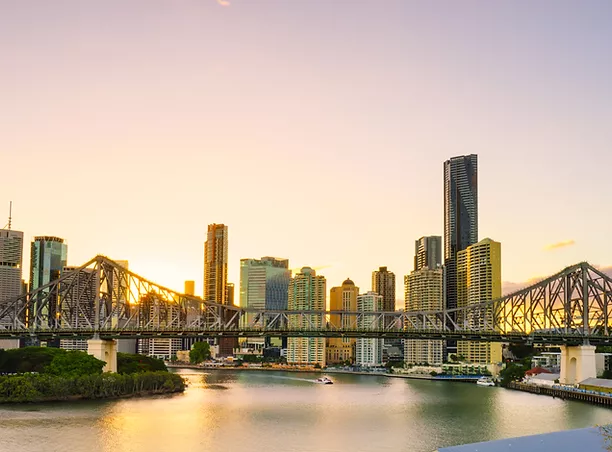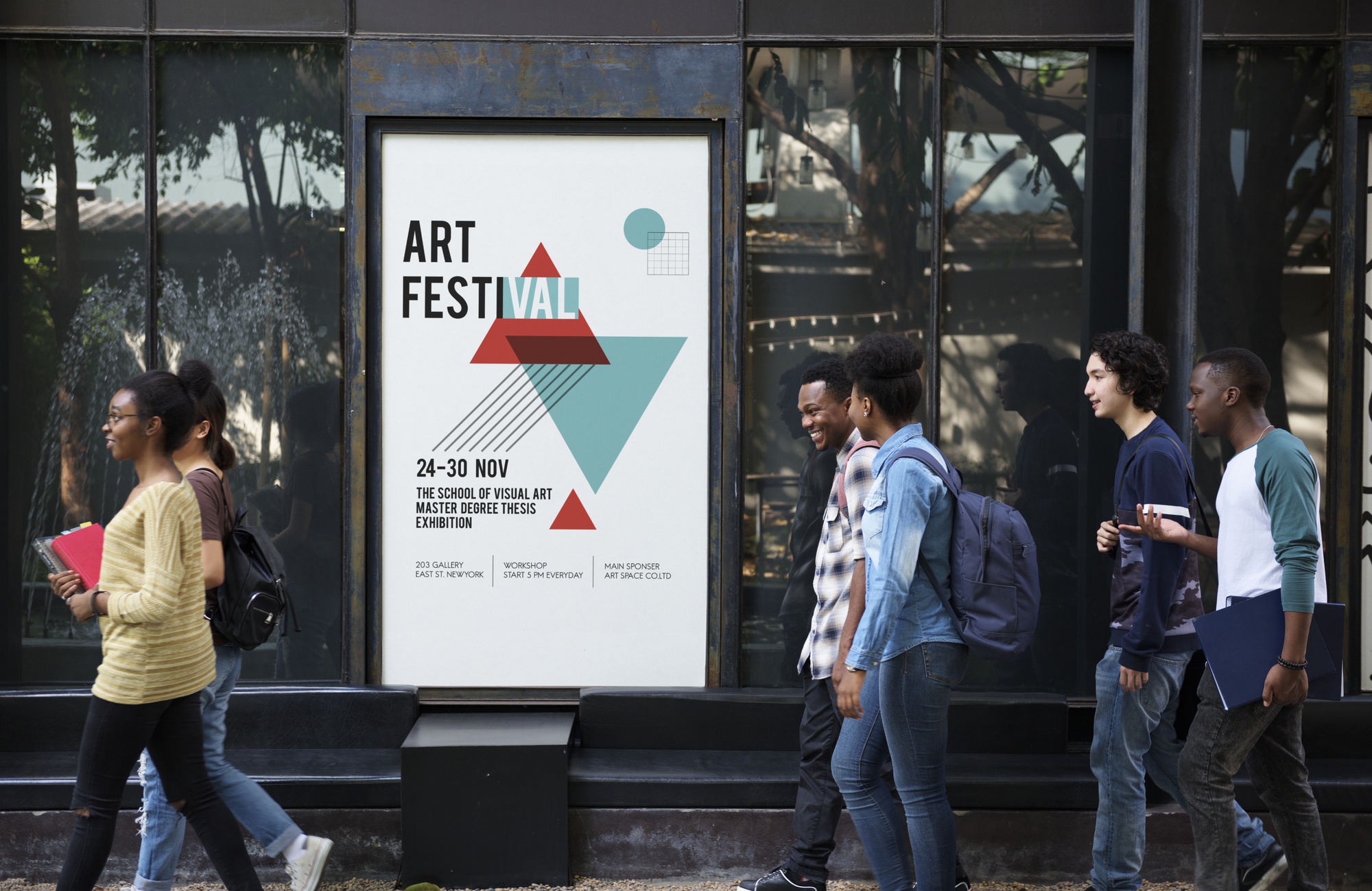Metro Advertising’s Power: Connecting with Commuters in Urban Areas
It can be difficult to reach a wide range of people in the fast-paced urban setting of today. Busy city people frequently find it difficult to pay attention to traditional media like print, radio, and television. Despite being extremely targeted, digital advertising suffers from problems like ad fatigue, blockers, and short dwell times.
In light of this, metro advertising has become one of the most useful and adaptable outdoor media tools, especially in cities with high population densities where millions of people commute every day.
Businesses can connect with a highly captive audience and maximize brand visibility by placing ads strategically in train carriages, metro stations, and on platforms. Metro advertising presents a special chance to connect with customers while they are going about their everyday lives, offering unbroken opportunities to convey powerful messages that stick with them long after the commute is over.
The Reasons Metro Advertising Is Effective
1. Regular Exposure
The regular, recurring exposure that metro advertising offers is one of its main benefits. Transit advertisements are essentially unavoidable, in contrast to digital advertisements that can be ignored, blocked, or skipped. Commuters frequently wait for trains or ride in carriages for several minutes, which provides advertisers with important attentional windows during which they can leave a lasting impression.
Repeated exposure over time builds brand familiarity and trust. Commuters who saw transit advertisements several times a week were much more likely to remember the brand and interact with it later, either online or offline, according to a study by the Outdoor Media Association. This effect is especially pronounced for goods or services that need careful consideration, like real estate, financial services, or lifestyle items.
2. Focused Populations
Metro systems frequently gather comprehensive information on rider behavior, such as preferred routes, travel times, and station usage. Advertisers can use this information to strategically target particular demographics according to factors like age, income, occupation, and lifestyle.
For instance:
- To reach affluent professionals, luxury brands may place ads in prime locations in central business districts.
- Fast-moving consumer goods (FMCG) can be advertised along busy suburban routes frequented by young families.
- Educational initiatives or professional courses may focus on university hubs or stations close to corporate campuses.
Matching ad placement to commuter profiles improves message relevance and boosts engagement and conversion rates.
3. Opportunities for Creative Storytelling
The metro’s physical setting provides a distinctive creative canvas often unmatched by digital and traditional media. Advertisers can use interactive digital screens, full-train wraps, and large-format images to create immersive campaigns.
Bold imagery and attention-grabbing headlines draw attention to large-format visuals on platforms and escalators.
Interactive digital screens allow real-time engagement, such as QR codes for promotions, contests, or app downloads.
Entire carriages can be transformed into mobile brand experiences, creating buzz and social media traction.
Global campaigns highlight metro advertising’s impact:
Spotify’s “Your Summer Wrapped” in New York encouraged commuters to scan QR codes for customized playlists.
Apple’s campaigns in major Asian cities showcased new product launches with platform backdrops and train wraps, increasing both in-store and online traffic.
4. Durability and Economicalness
Metro advertising is significantly more cost-effective per impression than online or television advertising. Ads have a long shelf life, remaining in place for weeks or even months, and repeatedly expose thousands of daily commuters.
Physical ads remain constantly visible, unlike digital platforms affected by algorithms and ad blockers. For brands seeking long-term impact, metro advertising is a wise investment due to its longevity, repeat exposure, and predictable reach.
5. Foot Traffic and Urban Presence
Metro advertising can boost foot traffic for businesses with physical locations. Ads near key stations or commuter corridors direct customers to shops, cafes, or service facilities. Retail and entertainment venues have reported measurable increases in walk-in customers following well-placed campaigns.
Metro advertising also helps establish urban dominance. Being present in busy stations communicates scale, professionalism, and reliability, accelerating consumer trust and brand recognition, especially for new brands.
GET IN TOUCH WITH OUR TEAM

Melbourne
Head Office
Level 7, 492 St Kilda Road,
Melbourne Vic 3004
Ph: 03 9867 1022
info@sjmediagroup.com.au

Sydney
Office
Level 3, WeWork c/o S&J Media Group,
100 Harris Street,Pyrmont NSW 2009
Ph: 02 8424 6100
info@sjmediagroup.com.au

Brisbane
Office
WeWork c/o S&J Media Group,
310 Edward St,Brisbane City QLD 4000
Ph: 07 3217 2233
info@sjmediagroup.com.au
View more of our related content
- Boost Brand Exposure in Public Spaces for Greater Impact
- City-Wide Advertising: Expand Brand Reach Across Urban Markets
- Maximize Impact with Metro Advertising in Urban Areas
- Red Book Advertising in Australia: Unlock Targeted Audience Engagement
- RedNote Advertising in Australia: How to Market to Chinese Consumers

